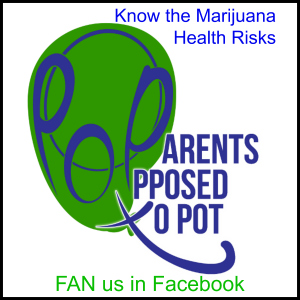Edible Landscaping For Food and Beauty
Introduction to the Pawpaw Tree
by Joseph Heckman
Landscapes are often designed primarily for viewing pleasure, shade, and soil cover. Edible landscaping is a way of satisfying all of those needs while at the same time producing local fruits and nuts from a selection of woody perennials.
When I moved to my home in central New Jersey, I began exploring the edible landscaping concept. Now after about 14 years of experience from planting many different species, I am prepared to tell others about a few of my favorite “edible landscape crops”.
In this time of rising food prices, growing some of your own may help stretch the family budget as well as offer some new taste adventures.
High on my list of trees for edible landscaping is pawpaw. This is large fruit (see photo) which ripens in September, may be described as having a tropical like flavor with a resemblance to a cross between a pineapple, mango, and banana.
Pawpaw is a Native American tree that grows to a medium size and has several good ornamental characteristics. The leaves are large and glossy giving the tree somewhat of a tropical appearance. In the fall the leaf color changes to an attractive golden yellow.
My trees began bearing pawpaw fruit at about four years after planting. At least two trees should be planted to ensure good pollination. Pawpaw flowers are rather unusual in that they rely on flies and beetles, rather than honeybees, for cross pollination.
Few plants are as pest and disease free as the pawpaw. If you have ever tried to grow apples or peaches without spraying, you will really appreciate how easy it is to grow pawpaw. A web search for pawpaw or edible landscape nurseries will help locate plant sources.
I think that if you wanted to grow pawpaw on a large scale; it would seem to be an especially easy crop to produce organically. The very limited shelf life of the pawpaw is what prevents this fruit from going commercial. Pawpaw fruit are best when eaten not more than one or two days after it falls from the tree. The intense aroma is a good indicator of ripeness’. People tell me it makes a great flavoring for ice-cream.
Here are several good websites for further information about growing pawpaw:
http://www.pawpaw.kysu.edu/
http://www.pawpaw.kysu.edu/reports.htm
http://attra.ncat.org/attra-pub/PDF/pawpaw.pdf
Dr. Joseph Heckman is a soil scientist with the Rutgers New Jersey Agriculture Experiment Station. He grew up on an organic dairy farm, and has helped to organize the Rutgers Raw Milk Seminars. Heckman has written a number of articles on organic farming for Wise Traditions, the quarterly journal published by the Weston A. Price Foundation. See all his past blog posts on our Joseph Heckman, Ph.D. page.
Another article by Joseph Heckman is In Defense of Living Organic, published in That Natural Farmer.
Next Wednesday, Joseph will introduce our readers to the Juneberry tree. Stay tuned for more edible landscaping ideas!
This post is part of the Real Food Wednesday blog carnival. See more edible ideas on Kelly the Kitchen Kop blog!




My sister in-law was just telling me about pawpaws at Easter. Thanks, Joseph for more information about this incredible edible. Will send her this post to share with her garden club!
Oh yum! I love pawpaws. The old farm I grew up on had some big pawpaw trees way in the back, lots of good memories there. I’ve been thinking we need to plant some here as I rarely hear about pawpaws anymore.
I live in a suburb of Chicago. I started with two “sticks” I bought from a nursery that deals in native plants. Those two “sticks” are now over 20 feet tall. I get so much of the fruit I cannot use it all. The fruit I didn’t use was not wasted, as now I am starting to get a grove of Pawpaws with all the extra plants that are coming up. I just spend the fall, “? Picking up paw-paws;put ’em in a basket.
Way down yonder in the paw-paw patch. ? ?”.